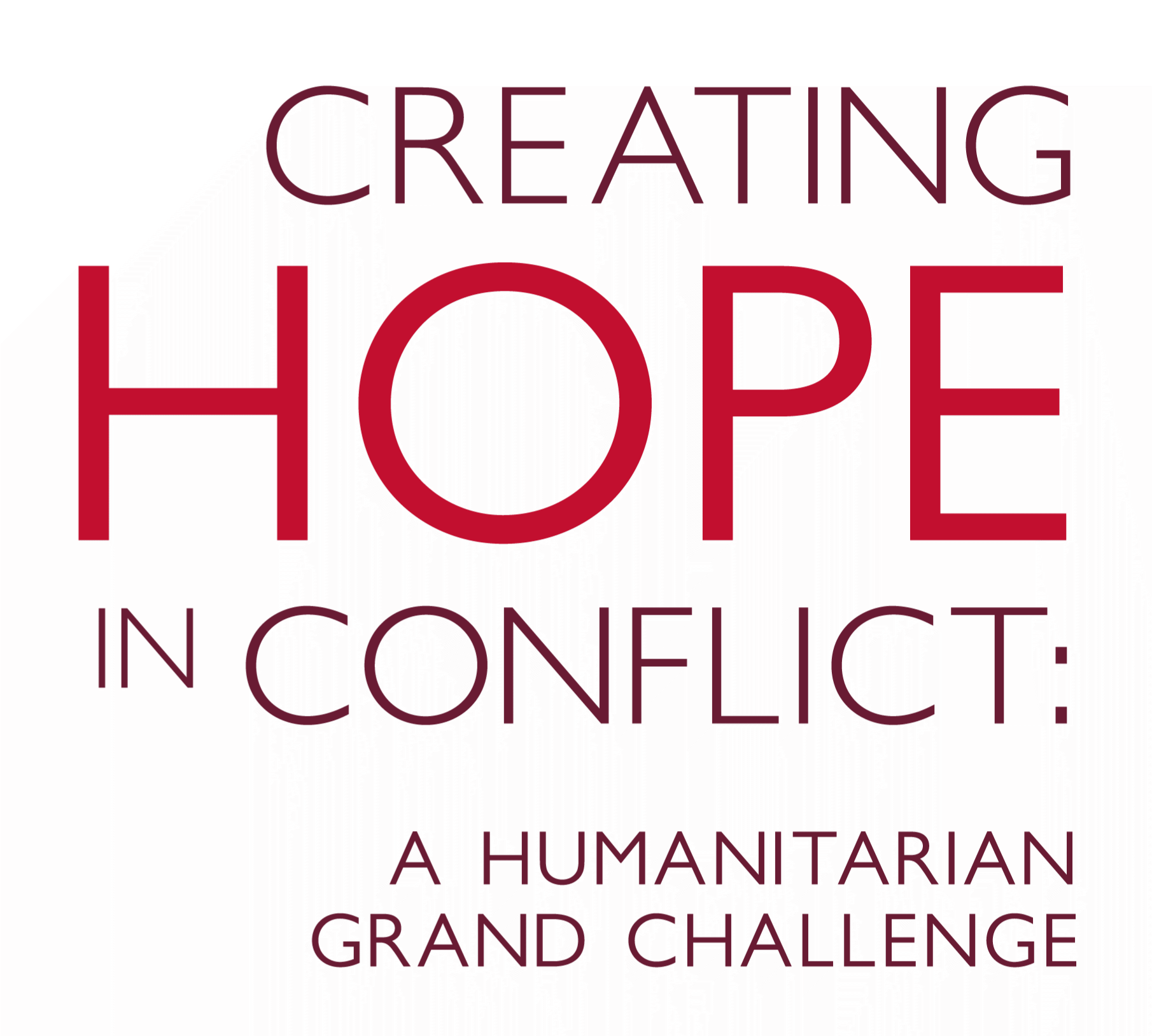Since 2018, Creating Hope in Conflict: A Humanitarian Grand Challenge has provided proof of concept (Seed) and transition to scale (TTS) funding to 75 innovations intended for use with conflict-affected populations in over 20 countries. We embarked upon a learning journey to better understand how innovative products and processes could be tested and pointed towards scale in humanitarian settings, in order to help solve some of the most complex problems and barriers within the humanitarian sector.
This post is one of many SEED Stories: a series of blogs reflecting on what HGC-funded innovators have achieved and key lessons learned during the duration of their seed grant periods.

AutoAnthro: 3D Scanning for Improved Malnutrition Assessment in Conflict Areas
In South Sudan, many children living in conflict-affected areas suffer from stunting and malnutrition. For decades, the standard of determining malnutrition has been manual measurement. Manual measurement presents persistent challenges, including the need to transport cumbersome equipment, staff fatigue during the measurement process, poor digital record capture, and difficulty ensuring the cooperation of young children. Collectively, these barriers undermine the accuracy and timeliness of data collection, making it difficult for humanitarian actors to adequately map the nutritional status of vulnerable child populations. Analyses of UNICEF’s Multiple Indicator Cluster Surveys (MICS), USAID’s and national nutrition surveys clearly demonstrate nutritional-status estimate shortcomings. Without high-quality data, scarce resources may be sub-optimally allocated and children may risk missing out on early, life-altering treatment. Enhanced approved child malnutrition screening methods are therefore paramount to achieving the full impact potential of therapeutic nutritional therapy interventions.
How Body Surface Translations Tackled this Challenge
Body Surface Translations (BST) was awarded a CAD $250,000 seed grant to seek to develop AutoAnthro, a 3D scanning system that captures child anthropometry to enable easier, faster, more accurate digital measurements to improve individual and population-level outcomes in cases of malnutrition. By capturing quick scans of children and developing a 3D model from which a variety of data can be extracted, AutoAnthro can measure length, height, mid-upper-arm circumference (MUAC), and head circumference for children ages 0-5 years. With HGC seed funding, BST’s innovation was deployed in South Sudan in collaboration with the International Medical Corps, which served as an in-country project partner. The in-country team was able to test the device on 539 children during the project period. BST aimed to determine if AutoAnthro could detect children as acutely malnourished or well-nourished with an 85% accuracy rate in relation to conventional Weight-for-Height Z-Score and MUAC methods. If achieved, the system would both save significant time and improve the precision of digital recordkeeping by health field staff as compared to traditional anthropometric measurement.
Unfortunately, the project team faced many external challenges and barriers that resulted in an inability for BST to achieve its targeted objective of providing accurate, real-time estimates of height and MUAC. One major impediment to their success was the inability of the BST team to complete sufficient testing of their technology on children in the USA prior to implementation in South Sudan, largely due to COVID-19 pandemic lockdowns. Consequently, once the project was deployed in South Sudan, it became evident that more reliability testing was needed.
Pandemic-related travel restrictions also prevented the BST team from traveling to South Sudan to conduct in-country, first-hand training on the use of the technology and methods for evaluating its effectiveness. As a mitigation measure, the team implemented a train-the-trainers process, where the team trained a few local staff remotely, who then provided the training to additional staff on the ground. Still, issues persisted with inaccurate data entry and incorrect usage, all of which affected the system’s data quality and subsequent diagnostic capabilities.
Finally, major software failures introduced new barriers for the project team, as the software’s real-time element did not perform as expected when implemented in-country. Specifically, the system mistook project staff as patients, distorting the data, while the inability of the software to upload scan data to the cloud became another challenge. As a result, only 373 unique data sets, of the 539 children tested during the project period, were successfully uploaded to the server.
Lessons Learned
While BST’s innovation failed to achieve proof of concept, some important lessons can be learned from the team’s experience:
- Conducting adequate reliability testing prior to project deployment is essential to proactively addressing gaps in newly developed technologies and optimizing their potential for success at the field level;
- Hands-on training and onsite quality assurance protocols are critical to deploying new technologies where technical precision in their use is a main determinant of performance;
- Even where studies in controlled settings provide evidence of model effectiveness, replicating results in real-life settings at scale may bring new, unforeseen circumstances that significantly undermine quality control.
What’s Next?
BSTwill no longer pursue further development of the software due to its failure to perform as intended. Nonetheless, the team has published an open access paper of its results so the learnings may be used more broadly to inform similar initiatives. BST continues, meanwhile, to experiment with cutting-edge 3D imaging technology for both global health and other applications.
